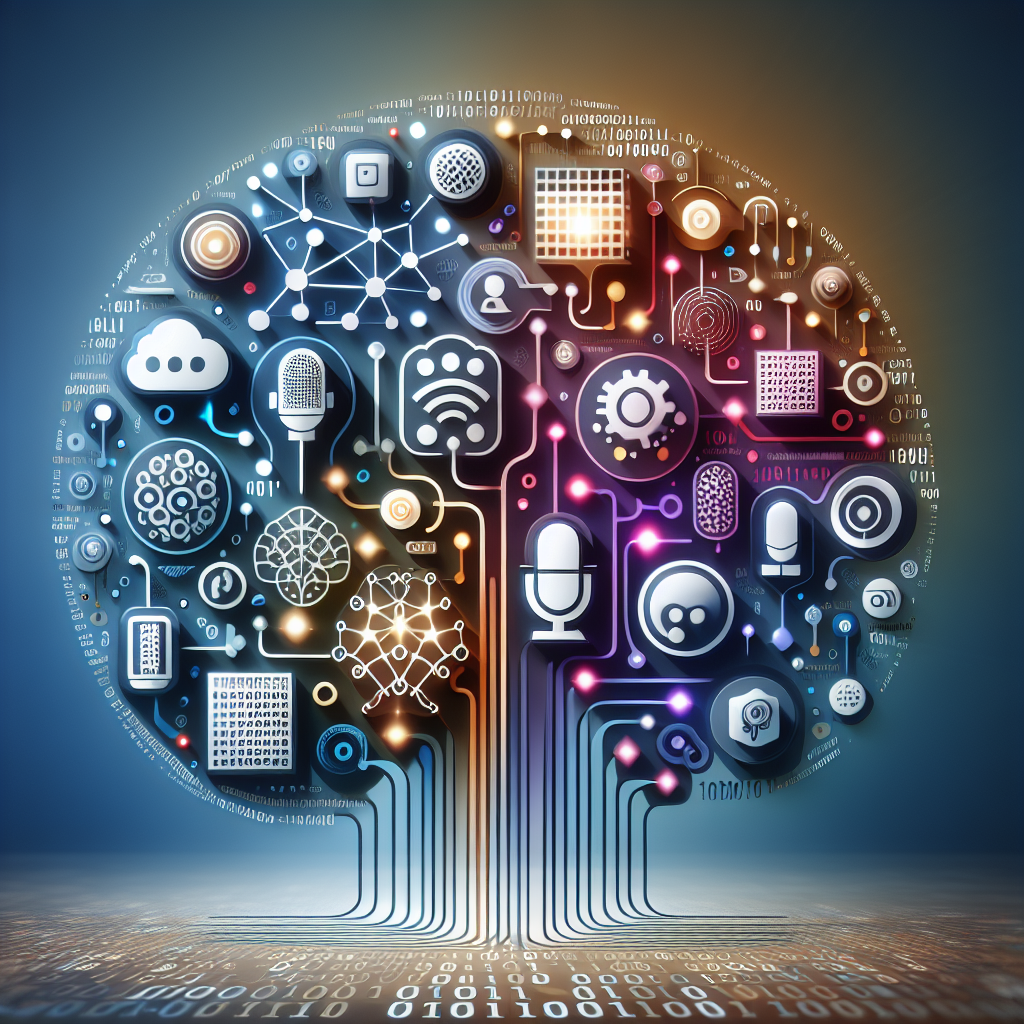The Role of Deep Learning in Shaping the Future of NLP and Speech Recognition Technologies
In recent years, deep learning has emerged as a powerful tool in shaping the future of natural language processing (NLP) and speech recognition technologies. Deep learning is a subset of machine learning that uses neural networks to analyze and interpret data. Its ability to learn from large amounts of data and make predictions has made it a game-changer in the field of NLP and speech recognition.
One of the key roles of deep learning in NLP is its ability to understand and generate human language. NLP involves the interaction between computers and human language, and deep learning algorithms can be trained to understand and generate text, speech, and even emotions. This has opened up a wide range of applications, from chatbots and virtual assistants to sentiment analysis and language translation.
Speech recognition technologies have also greatly benefited from deep learning algorithms. These technologies have evolved from basic voice commands to sophisticated systems that can transcribe speech, recognize accents, and even understand natural language conversations. Deep learning allows these systems to learn from vast amounts of speech data and improve their accuracy over time.
One of the key advantages of deep learning in NLP and speech recognition is its ability to handle complex and nuanced language patterns. Traditional machine learning algorithms struggle with the ambiguity and variability of human language, but deep learning models can capture these subtleties and make more accurate predictions. This has led to significant advancements in areas such as sentiment analysis, language translation, and speech-to-text conversion.
Another important role of deep learning in NLP and speech recognition is its scalability. Deep learning algorithms can process massive amounts of data in parallel, making them well-suited for handling the vast amounts of text and speech data generated every day. This scalability has enabled the development of large language models such as BERT and GPT-3, which have revolutionized the field of NLP.
Overall, deep learning has played a crucial role in shaping the future of NLP and speech recognition technologies. Its ability to understand and generate human language, handle complex language patterns, and scale to large datasets has opened up new possibilities for applications in areas such as chatbots, virtual assistants, sentiment analysis, and language translation. As deep learning continues to advance, we can expect even more exciting developments in the field of NLP and speech recognition in the years to come.
#Role #Deep #Learning #Shaping #Future #NLP #Speech #Recognition #Technologies,deep learning for nlp and speech recognition


